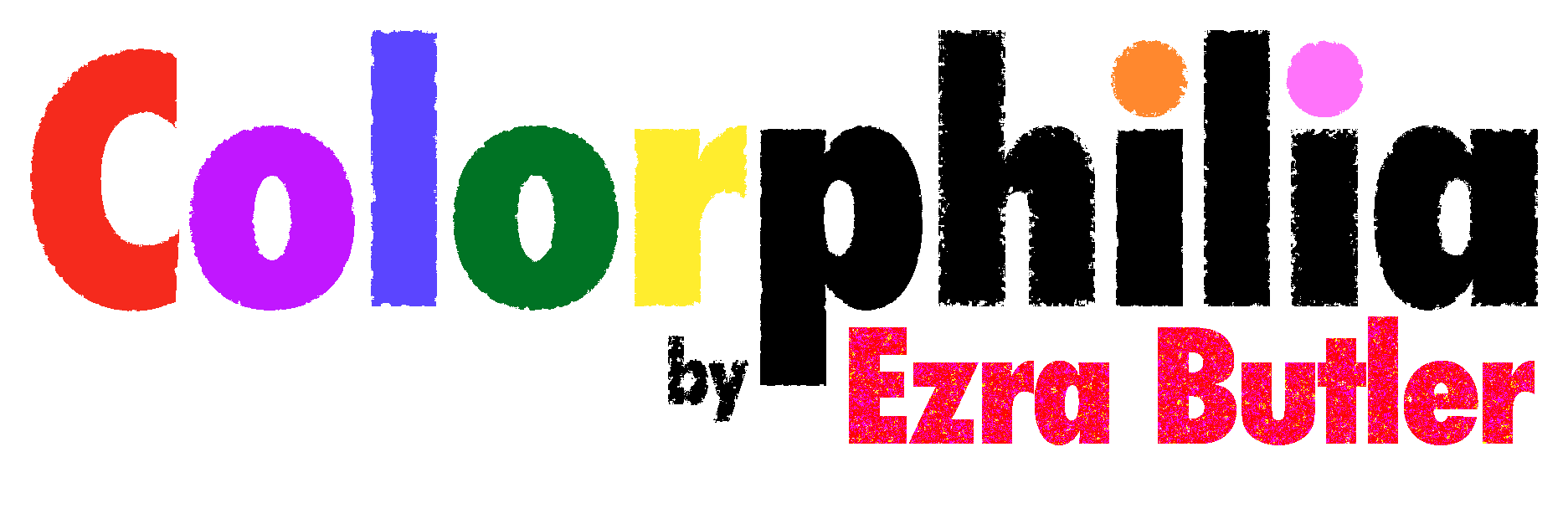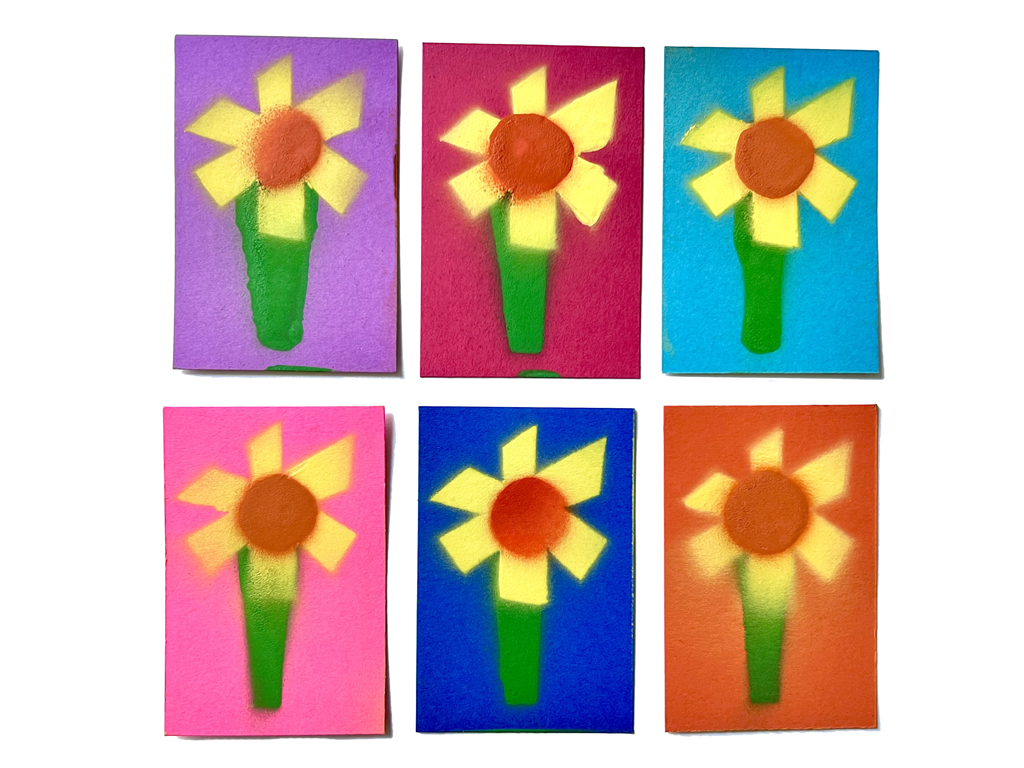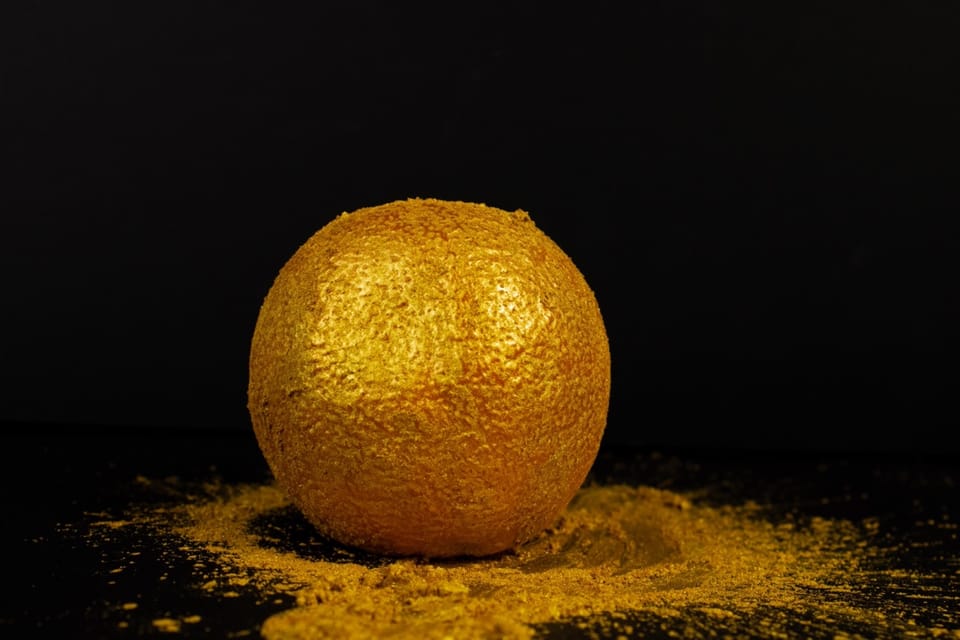Down another rabbit hole... (Or "why are carrots orange?")
As I mentioned in my initial newsletter, I tend to go down a lot of random “rabbit holes” during my research. It seemed fitting, then, that I began this time with a theory I had about orange carrots.

As I mentioned in my initial newsletter, I tend to go down a lot of random “rabbit holes” during my research. It seemed fitting, then, that I began this time with a theory I had about orange carrots.
The "Orange Carrot" Controversy
There is a long-standing disagreement by the founder of the World Carrot Museum and the Dutch about this. John Stolarczyk, the founder of the (now seemingly shuttered) virtual museum held that there have always been orange carrots and the Dutch feel carrots were purposely bred to be an orange color by the Dutch, because of their patriotism to the House of Nassau-Orange.
I thought that both had valid points and both were probably wrong. If it is any consolation, my theory would be wrong as well.
My theory of orange carrots
My theory was they bred orange carrots so they could create vegetable-based orange dyes for flags, because they loved the color orange. It would show social cohesion, patriotism, and also show a historical pattern of growing edible things for other purposes. They were a horticultural society, so it made sense.
Even if there had always been orange carrots, the percentage of them grown by the Dutch was far greater than anywhere else. Dutch carrots became synonymous with being orange. However it began, it evolved to mean something specific. The question would be: when did that evolution occur?
In order to prove this, I wanted to find sources that showed the dyeing practices of the Dutch and how they used carrots as the natural dye. That would have explained wby the obsession with carrots. It would have been amazing to find.
I had to show a few different things:
- The Dutch took on the color orange as a national color.
- The Dutch bred their carrots to be orange.
- The Dutch used the orange carrots to make the dye.
And it had to happen in that order. Because if not, then it wouldn't be correct.
But I ran into three minor problems:
- I couldn't actually find proof for any of the three (within the time frame I was working within). I know that by the 18th century, there were orange flags, and an orange ribbon established in the beginning of the 19th century.
- The word for “carrot” in Dutch is wortel, which is also the word for “root”. There are about 100 different herbs that all have the word wortel connected to them.
- Maybe most importantly, I could not find any written proof of orange carrots in the Netherlands during the 17th century.
The last problem was weird, because I was nearly certain that they had orange carrots. I found references to white carrots, yellow carrots, yellow-gold carrots, golden carrots, and red carrots. I may have even found a reference to a purple carrot!
Just no orange carrots.
The Dutch Golden Age of Art
When I was twenty years old, I spent a day in the Dutch art room of the National Gallery in Washington, DC. I was enthralled by the concept of their kabinetstuk or "cabinet paintings". It was one of the first periods where art was created for a personal owner, not some church.
While some of the names of pieces where Christian in nature, they were obviously paintings of secular daily life. I had compared it to the television sitcom, where people would watch other people's dirty kitchens or rowdy children, and realize that they were normal.
So I turned back to my roots, and discovered numerous examples of 17th century Dutch art prominently featuring orange carrots. I had also noticed that the main color featured in much of the clothing was an orangish-red.
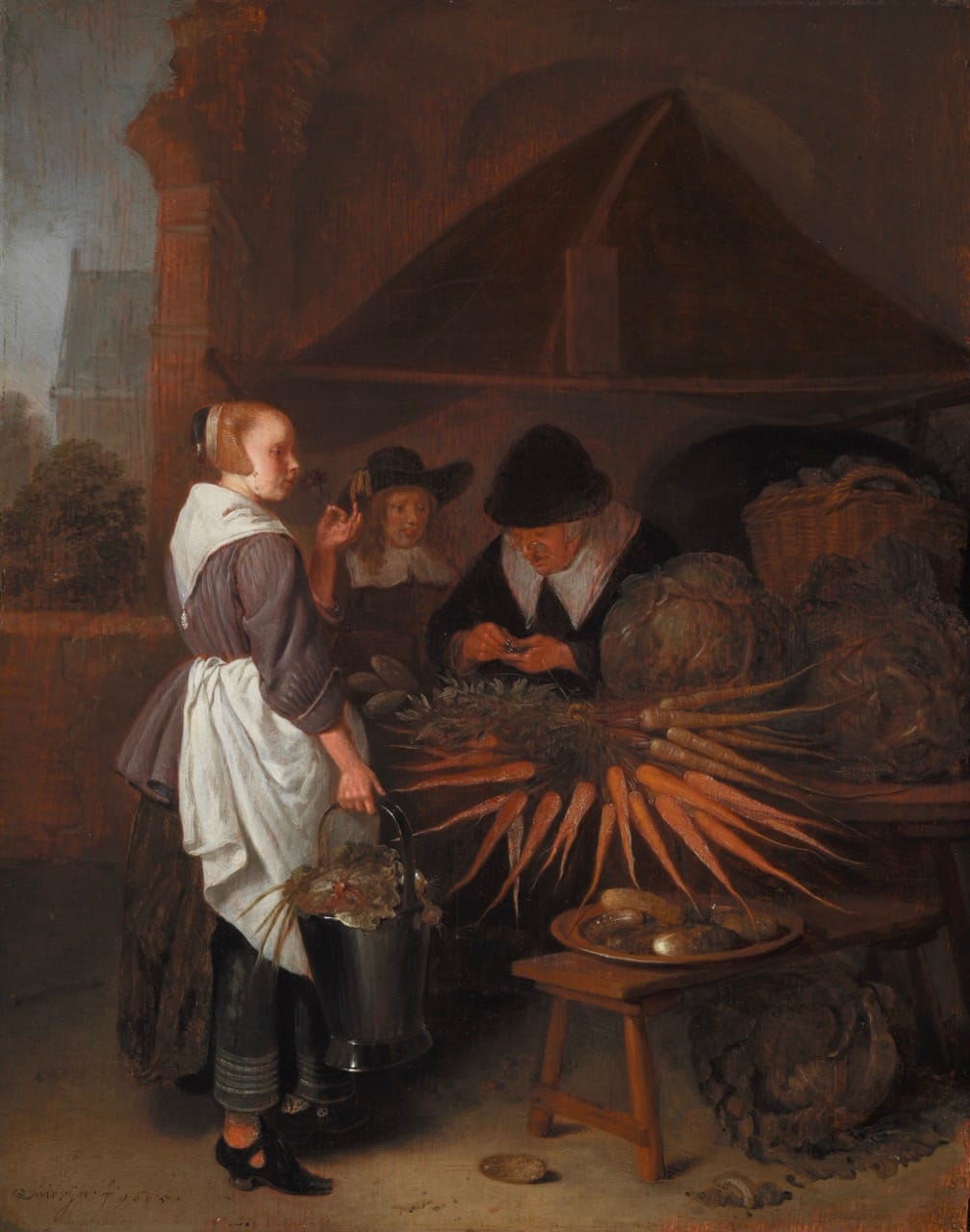
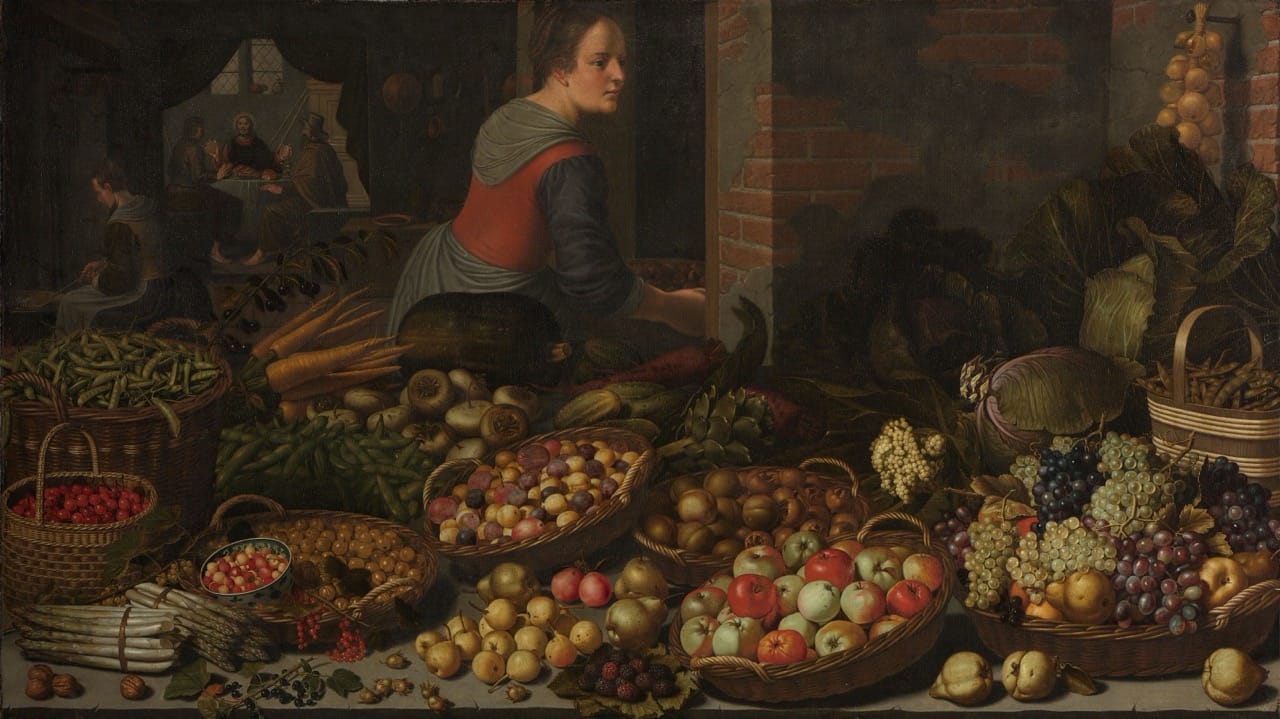

I figured that wortel without any qualifier probably meant orange. One only needs to use a color modifier if they deviate from the dominant version.
It reminded me of an early 20th century US congressional hearing transcript I read that said something to the extent of “we don’t have to describe carrots, because everyone knows what they look like.”
The same thing felt true of the Netherlands during the 17th century.
Dyeing and Dying
I discovered found a Dutch craft book from 1581 that directed you to use pomegranate juice for red dye, which was unique, because most other European books I found were using madder, a plant, during that time period. The craft book also suggested to add orange peels to that for one reason or another. But orange as a color was never mentioned, and certainly not in connection with any carrots.
In fact, they also never suggested using carrots.
Somewhat related, Spain had also recently invaded Mexico, so they controlled the supply of the crimson cochineal dye, which overtook the use of madder.
But the Dutch were at war with with Spain. Which reminded me how during the Eighty Years' War, William of Orange fought to liberate and unite the country, and was assassinated in 1584 for his troubles. He fought against the entry of the Spanish Inquisition.
The result was that the Netherlands were a relatively safe place for people who fled Spain and wanted to belong to a Kehilla, a Jewish community. I had found 17th century translations into Spanish of Jewish prayerbooks and other texts, printed in Amsterdam, that truly allowed them to thrive once more again. Parenthetically, one of my professors in graduate school even said that anytime you saw the phrase "the Portuguese" (הפורטוגזים as he called it) in English or American texts, it was usually referring to the Dutch Jews.
After reading a beautiful eulogy which described William as a leader who truly cared about the people, unlike the powerlust and domination of the Iron Duke who preceded him, I became certain that that was when the color orange became dominant in the Netherlands. Both while he was alive and certainly after he was killed, there would be a patriotic fervor which would result in people dressing in the Prince's colors out of an homage to him. I even found an account in Portuguese of an opponent who had said that they were “painted” in the Prince’s colors.
But still no color orange. It either was so common no one needed to mention it, or it just didn't exist.
What is a carrot?
As a sanity test, I decided to expand my search to different languages.
I discovered that the Italians not only had orange carrots by the middle of the 16th century, they had also written some very explicit burlesque songs about them. In one text, they explicitly noted that the color was like the narancia, an earlier version of Italian arancia, which like the Spanish word for orange naranja which came from the Arabic and Persian word for the citrus fruit.
The color orange was so pervasive in Italy for carrots, they even called an orange-colored peach a "carrot" because it shared the color. It was probably good that they didn’t call it an orange, because it would have made choosing a fruit very difficult.
The more I searched, the more confusing everything became. There wasn’t just a single word for “carrot” in Dutch, there were about half a dozen, all translating to different things in different languages. I found medieval plant guides in Latin, Italian, French, English, and Dutch, and I discovered that no one actually agreed even what species the carrot was referring to.
Somehow, none of this seemed to help my sanity.
Does a carrot even exist? Does anything matter?
Some would call it the Daucus family (hence Daucus carota) and others thought it was part of the Pastininica family. One person, after listing two competing versions, listed more than 15 additional things that were referred to as “carrots”.
I even found dictionary sources that indicated the loanword karote (carrot) or karote wortelen (carrot root) was used in Dutch. I went through 10 dictionaries from 1573 to 1675 and listed about 15 unique terms that could be translated to carrot. There seemed to be neither rhyme nor reason to certain words being used during certain periods of time.
On a personal note, I regretted ever looking for information about the carrot in the first place. The air of myth and mystery had always made the carrot taste more delicious. Now I could only eat a carrot and think of despair.
I abandoned my theory. I just wanted something, anything, to make sense.
Is it pronounced "oorange" or "aarenge"?
Changing tacks, I decided to go back to the dictionaries and look something else up. I had noticed slight changes in spellings of "arange"/ "araangie" / orangie"/ “orange” / "orenge" in Dutch and French, and I was wondering if there was some pattern.
It is probably helpful to note that “apple” usually is translated as "fruit", not only the fruit we normally bring to our teachers. This is why french fries are “pomme frites” and the red dye was from a fruit called a “pomegranate”.
As I mentioned last week, there are two things that help show how well-known and identifiable a fruit is: 1. if you can mention it without saying that it is a fruit, and 2. if you can use the fruit for a metonym as the color.
There were three things that “orange” could refer to: the “-appel” (the fruit), the “-appelboom” (the tree), or the “-verwe” (the color or dye).
| Year | Fruit | Dropped "-appel"? | Included Color? |
|---|---|---|---|
| 1576* | ✓ | ✗ | ✗ |
| 1612 | ✓ | ✗ | ✗ |
| 1643** | ✓ | ✗ | ✓ |
| 1660 | ✓ | ✓ | ✓ |
| 1675 | ✓ | ✓ | ✓ |
**in 1643, they spelled the city “Aurenge” in French and “Orangien” in Dutch, neither the correct spelling for the fruit or color.
Putting aside the shifts in spelling, because there was absolutely no uniformity, this table shows that in the earliest years, they needed "orange-fruit" to recognize what was being referred to, in 1660 and on, they dropped the "-fruit", and in 1643 and on, they included orange as a color.
In other words, would lead to me suspect that orange wasn’t considered yet a color in Dutch, and it wouldn't be for at least 50 years after William was assassinated. And if it wasn't considered a color, then by logic, they could not adopt it as a national color. And that was not what was meant by "wearing the Prince's colors".
But if they already had a lot of shades of orange in their clothes and carrots, that means that the orange carrot had nothing to do with their fallen leader or a sense of patriotism.
Case in point, I found Dutch paintings predating the war which also featured these orange carrots and orangish-reddish clothing and dishes.


This meant that the affinity to the color had little or nothing to do with the family name. The myth connecting the color and the city came after the color was beloved by the Dutch, not because.
A glaring, glittering problem.
There was just one little problem with my theory: after all this, I discovered a shiny Dutch orange color from in a Dutch-Latin dictionary from 1588.
The Latin translation for the color was either color anaiatius or aureus. Aureus translates to gold-color. Similarly, the Latin translation for the fruit, Malum aureum, included a definition similar to the 1541 German-Latin dictionary for pomeranz apffel, namely golden fruit.
(The first color anaiatius may be misspelled, so the best that I was able to figure out was duck-colored, but that's probably incorrect.)
This is actually quite important. Usually in medieval books and dictionaries, regardless of the language, they would explain colors as a "darker" or "lighter" version of a color, in comparison. This was different. As I mentioned in the newsletter about biblical translations, the color of gold is gold. In other words, orange is gold-colored, quite literally.
And before orange became a word in Dutch (or even after), they would have just used the word goudt-verwe (gold-color) or gouden / gulden (golden) to describe what they were looking at.
While we associate orange to be the color associated with the Dutch, in fact, the concept of the de Gouden Eeuw (The Golden Age, translated from the Latin aurea aetas) was used to describe the 17th century, already from Joachim Wtewael's 1605 painting "The Golden Age", inspired by a Dutch translation of Ovid's Metamorphoses. During that same year, 1605, Joachim Wtewael also painted his "kitchen scene", filled with golden colors, depicting his version of paradise: a messy kitchen, filled with delicacies and family to share it with. (In fact, the painting shares a similar structure to "The Golden Age".)

The Spanish explorers, from Ponce de León, searched the globe for physical gold. The Dutch realized that the golden age was a metaphorical concept, not a literal one. It was a time when the Dutch were trying to create the paradise that they wanted, free from Spain.
Free for religion, art, commerce, and (most) intellectual inquiry alike.
Where does the word orange come from?
While the spelling in French oscillated between “orange” and “orenge”, it always began the same, with an "or-". Italian started as “narancia” and lost the “n” over the years.
L'or means gold in French, so pomme d’orange would literally mean “golden apple”. Just like in modern Hebrew, an orange is a תפו״ז / תפוח זהב / tapu'z (golden apple), and like the German pomerantz (golden apple).
This indicates that orange is not a derivation of naranja like the Italian arancia is; it’s a descriptive word within itself. It just means golden apple, which lost its pomme. This also means that it was likely that they would use the color orange to signify gold-colored.
This also means that the Provençal town of Aurenge / Orange shifted its pronouncing and spelling over the years, but it did not begin with any connection to gold. Its original name was Arausio, named after a Celtic water god, with the Averni being the people who lived there.
Curiouser and Curiouser
Now that I understood that orange was an actual adjective meaning golden, I was curious about the where naranja actually came from. I looked on Wiktionary which referred me to a Sanskrit word meaning fragrant + fruit, which is a great descriptor for an orange.
It offered alternative meaning which was derived from "colored like lead oxide". Knowing absolutely nothing about Sanskrit, I would like to think the former is correct. Not everything has to be about color.
As I scrolled down the Wiktionary entry for more details, I discovered that the same Sanskrit word naranja also refers to "a carrot".
I went all the way down a rabbit hole, found gold, kept going, and at the end, found a carrot. Which is exactly what one would expect to find at the bottom of a rabbit hole.
Back to the famous Dutch carrots
If you look through all of the paintings I shared above, you may quibble about the precise shade the carrots were in each. In different contexts those same shades would have different names.
It would have been in the yellow - gold range of shades, definitely something between white and red. However, that is not the way the Dutch would have described those carrots.
There is something a bit more interesting about the Dutch carrots that we see in the paintings. Dutch carrots ultimately became famed, and they evolved to be the deep shade of orange we know today.
But in the Netherlands, they actually had a specific name. Once I discovered the name, I went back and found it referred to back to (at least) the 16th century. I had missed it earlier because I was looking for a color.
They were called hoornsche wortelen (horned roots), identified not by their color, but rather by their distinctive shape, as they were long and shaped like the horns of a goat. Around the world, they were known since the 16th century as the "Dutch Horn". That's why they were so celebrated in the paintings.
Since they began a shade of what we now consider to be orange, it is more than likely that through the years, the growers practiced crop selection to breed the more beautiful sweet orange carrots that we know today.
With time, the color orange itself shifted to be distinct from gold, enabling things to be described as "orange-colored" or "gold-colored", but not both. If you say "orange-gold" or "golden-orange", you are not repeating the same word twice.
What does the word carrot mean, anyway?
There was a reason why "carrot" became such a convoluted descriptor of this vegetable. As I mentioned above, "apple" (or malus in Latin) was the catch-all name for fruit.
While malus means "evil", caros translates to "dear". While carrots have become domesticated, they began (and still exist) in wild form. Every language had its sauvage or wild carrots as well. Additionally, everyone had their own version of a carrot, depending on where they lived.
When a carrot (or really any root vegetable) is planted underneath the ground, you have absolutely no idea what is below. So you happen upon a wild herb in a field, and as you start pulling it out, you discover a massive delicious edible treasure hidden below the ground.
Originally, the word "carrot" was more of a descriptor of the delight associated with the discovery, than be associated with any particular root vegetable.
Much like a trip down the rabbit hole, there is something special about expecting one thing and discovering so much more.
Thank you so much to everyone who subscribed, and especially the "color enthusiasts" and the "colorphile" who were generous enough to help support this.
If you enjoyed this and would either like to subscribe, or you realize that you are actually a "color enthusiast" and wish to increase your subscription to help support the newsletter and my research, you can do so at colorphilia.com.
Feel free to also forward this to anyone you know who may like carrots, the color orange or falling down rabbit holes.
Further down the rabbit hole.
“You ask me what life is,” wrote the great Russian playwright Anton Chekhov. “That’s like asking what a carrot is. A carrot is a carrot, and there’s nothing more to know.” Well, Anton, I think there’s a lot more that can be said and known about the matter.
Yotam Ottolenghi, New York Times 2/18/2020 - The Anything But Humble Carrot, (free link) Grilled Carrots with Yogurt, Carrot Top Oil, and Dukkah (free link, recipe)
